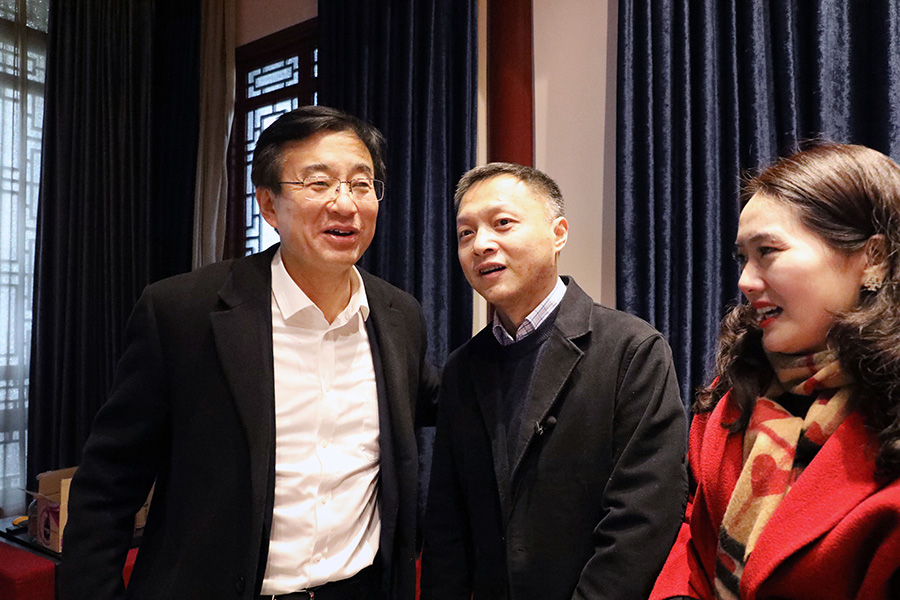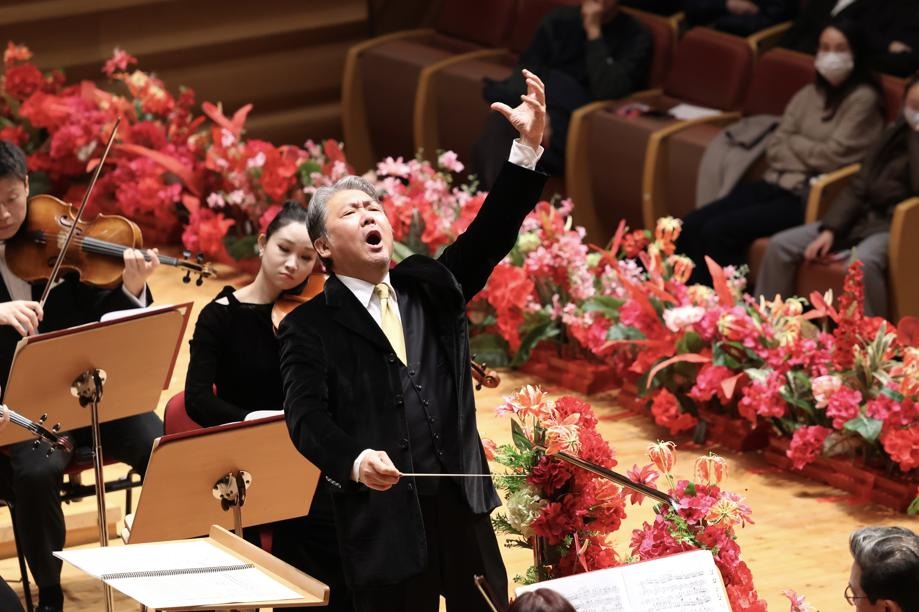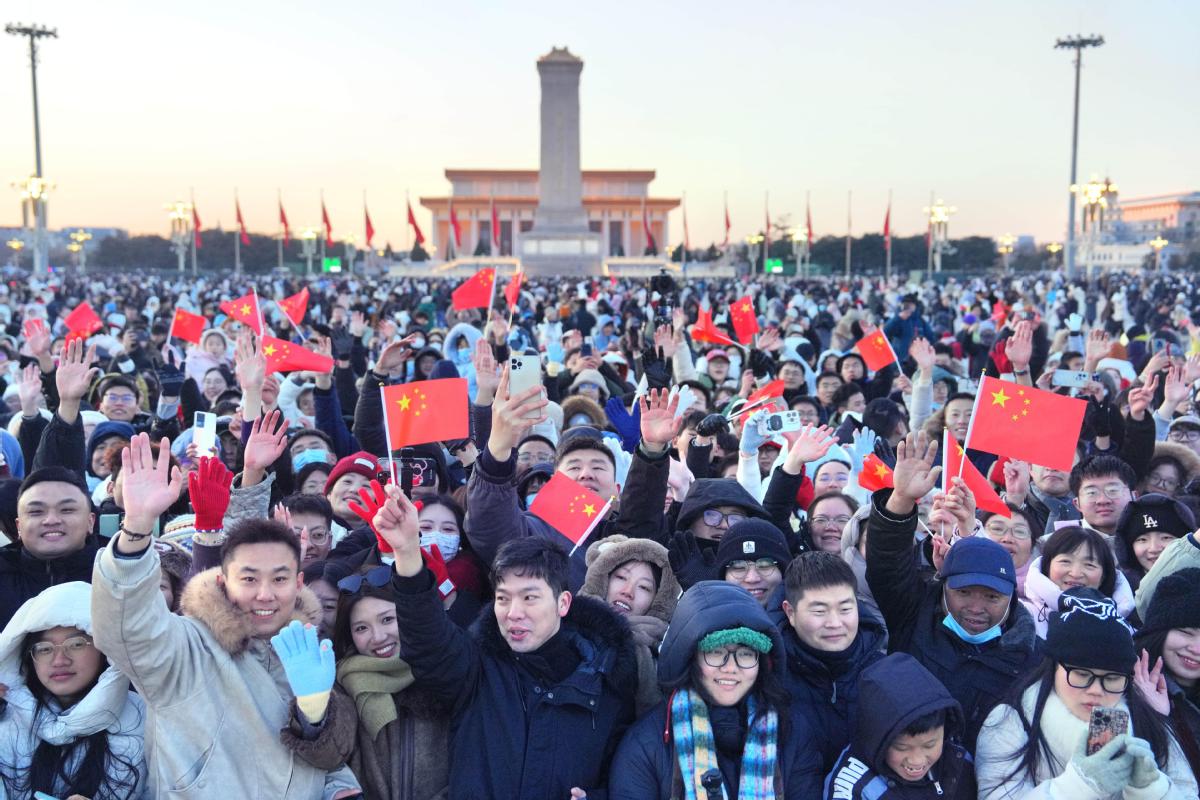How makeshift hospitals helped contain covid-19

Editor's Note: People from all walks of life look back at the roles they played in China's fight against the COVID-19 epidemic last year.

Academician's proposal solved pressing problem for patients
When Wang Chen, president of the Chinese Academy of Medical Sciences, arrived in Wuhan, Hubei province, on Feb 1, the COVID-19 outbreak in the city was escalating sharply, resulting in a severe shortage of hospital beds.
After site inspections, Wang found that the most pressing issue hindering epidemic control and prevention was that many suspected patients could not be diagnosed and treated in regular hospitals due to the limited number of beds, so they had to stay home or move within their communities.
That was a major reason for the accelerated spread of the novel coronavirus in Wuhan at the time, he said.
Two days later, construction of the first fangcang, or makeshift hospital, built within a converted sports stadium in Wuhan, started after suggestions from Wang and some other experts guiding the province's COVID-19 prevention and control measures.
In February, 15 makeshift hospitals were rapidly completed at the height of the epidemic in Wuhan and opened to patients with mild cases of COVID-19.
These hospitals, converted from exhibition halls, sports stadiums and warehouses, received more than 12,000 patients in the places hardest hit by the epidemic in China.
That meant they housed about one in every four confirmed patients in the city.
Within a month of the completion of the first facility, the makeshift hospitals started to close one by one due to a decline in patient numbers. By March 10, they had all closed.
"Only by transforming large existing venues such as sports stadiums and exhibition halls could we provide a large number of beds as quickly as possible to receive large numbers of patients," said Wang, who is also vice-president of the Chinese Academy of Engineering.
"By receiving large numbers of patients with mild symptoms, they could be treated in isolation and not cause a further spread of the disease.
"Furthermore, severe shortages of beds in regular hospitals would be relieved so more severe COVID-19 patients could find beds and receive proper treatment."
In addition to proposing construction of the makeshift hospitals, Wang, a major figure in China's battle against COVID-19, contributed to epidemic control and prevention in many different ways.
They included participating in the research and development of candidate drugs, guiding the treatment of severely ill patients and sharing knowledge and experience of fighting COVID-19 with the world via various methods such as video conferences and publishing papers.
Looking back at the year, Wang said that as a medical professional, he was glad he had contributed to COVID-19 epidemic prevention and control in China, especially in Wuhan, by proposing the construction of makeshift hospitals.
Looking forward, Wang said he is confident the COVID-19 epidemic will continue to be controlled at a very low level in China with sustained efforts and at the lowest cost to the economy, and he hopes a vaccine will see fast development in the new year to benefit people's health.
"The epidemic has highlighted the importance of medicine in the survival and development of human beings, and medicine should be given more importance in China," he said.
"We are far from clear about the novel coronavirus and COVID-19, and more new infectious diseases may occur in the future. While continuing to make scientific and technological progress, we should never be complacent and we should always respect nature."



































